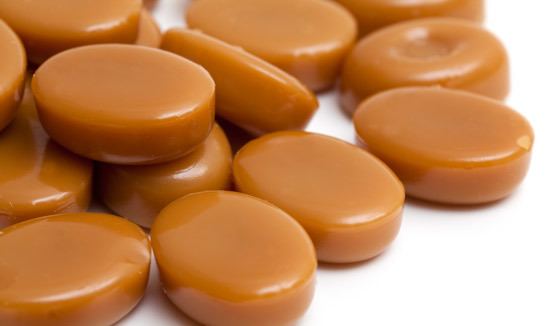 | ||
Similar Butter, Toffee, Fudge, Caramel, Pecan | ||
Butterscotch is a type of confectionery whose primary ingredients are brown sugar and butter, although other ingredients are part of some recipes, such as corn syrup, cream, vanilla, and salt. The earliest known recipes in the middle 19th century used treacle in place of or in addition to sugar.
Contents
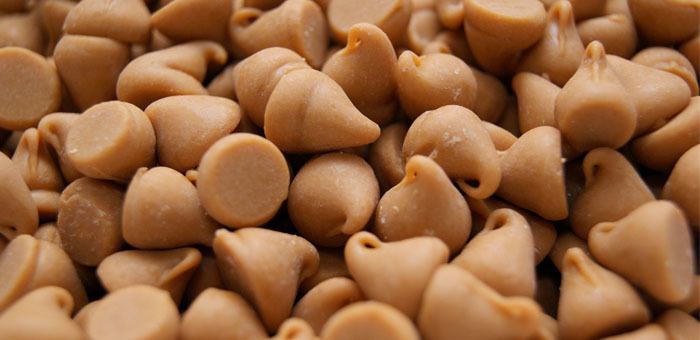
Butterscotch is similar to toffee, but for butterscotch the sugar is boiled to the soft crack stage, and not hard crack as with toffee. Butterscotch sauce, made of butterscotch and cream, is used as a topping for ice cream (particularly sundaes).
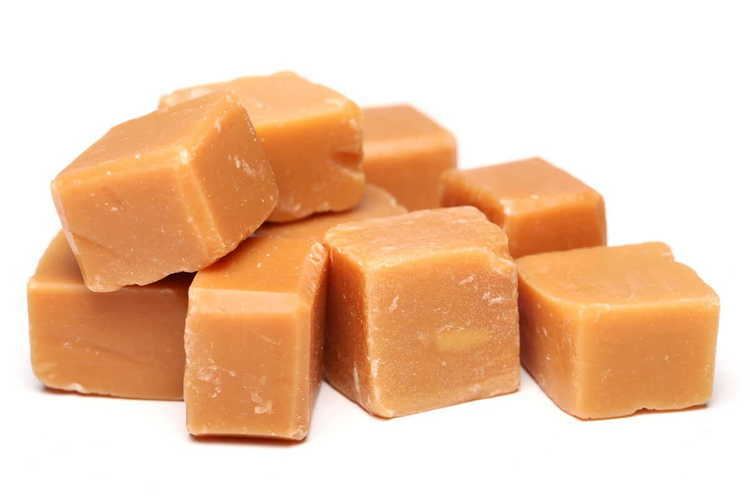
The term butterscotch is also often used more specifically of the flavour of brown sugar and butter together, even where the actual confection butterscotch is not involved, such as in butterscotch pudding.
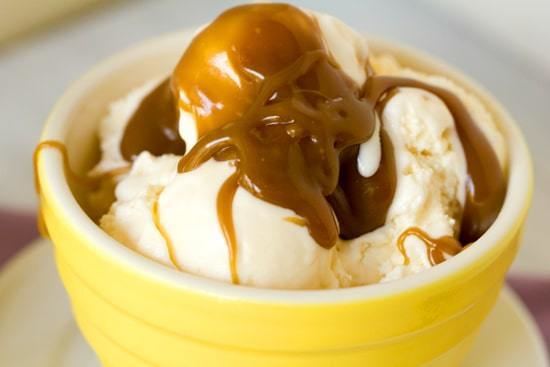
Chocolate butterscotch cereal bars
Etymology

Food historians have several theories regarding the name and origin of this confectionery, but none is conclusive. One explanation is the meaning "to cut or score" for the word "scotch", as the confection must be cut into pieces, or "scotched", before hardening. It is also possible that the "scotch" part of its name was derived from the word "scorch".
History
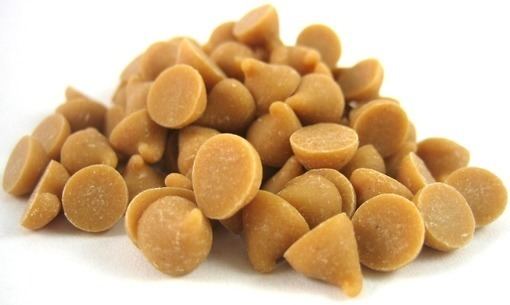
Early mentions of butterscotch associate the confection with Doncaster in Yorkshire. An 1848 issue of the Liverpool Mercury gave a recipe for "Doncaster butterscotch" as "one pound of butter, one pound of sugar and a quarter of a pound of treacle, boiled together" (450 g each of butter and sugar and 110 g treacle).

By 1851, Doncaster butterscotch was sold commercially by rival confectioners S. Parkinson & Sons (still trading as Parkinson's), Henry Hall, and Booth's, all of Doncaster, via agents elsewhere in Yorkshire. Internationally, Parkinson's was recognised as the inventor but others tried to claim the product for themselves, Parkinson's started to use and advertise the Doncaster Church as their trademark.
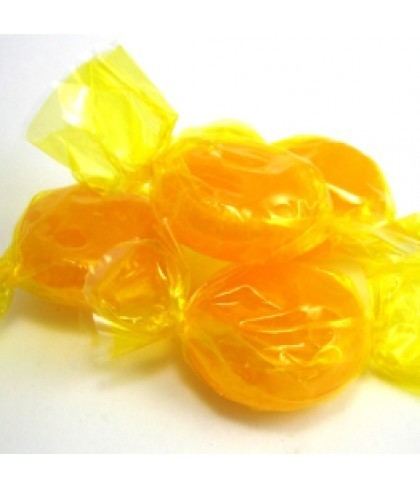
It was advertised as "Royal Doncaster Butterscotch," or "The Queen's Sweetmeat", and said to be "the best emollient for the chest in the winter season". Parkinson's Butterscotch was by appointment to the royal household and was presented to the Princess Elizabeth, then the Duchess of Edinburgh, in 1948 and to Anne, Princess Royal in 2007.

In 1855, F. K. Robinson's Glossary of Yorkshire Words explained Butterscotch as "a treacle ball with an amalgamation of butter in it".
Packaging and products
Butterscotch is often used as a flavour for items such as dessert sauce, pudding, and biscuits (cookies). To that end, it can be bought in "butterscotch chips", made with hydrogenated (solid) fats so as to be similar for baking use to chocolate chips. There are also individually wrapped, translucent yellow hard candies (butterscotch disks) with an artificial butterscotch flavour, which is dissimilar to actual butterscotch. In addition, butterscotch flavoured liqueur is in production.
Sauce
Butterscotch sauce is made of brown sugar cooked to 240 °F (116 °C) mixed with butter and cream.
